-
Posts
159 -
Joined
-
Last visited
-
Days Won
11
Content Type
Profiles
Forums
Downloads
Gallery
Posts posted by bjustice
-
-
This is also how Altenback was also able to create a round color box. His instructions here:
He is also importing 1 item part into another item part.
It's weirdly unpredictable what importing some part types into other part types will accomplish.
-
Oh wow, Zou is right, you can copy item parts to clipboard, and then paste these item parts over other item parts. This seems to carry more than just a static image - this carries the item part type and properties.
I'll keep poking at it with this new information, thanks.
I really wish LabVIEW had a more full-featured custom control editor.
-
"You can import boolean glyph as Decal to any button"
How? I can't seem to figure out any mechanism for importing an item part into a control.
-
Here, I made a demo illustrating what I'm trying to accomplish. It's kinda cool:

Note how I've been able to create a button using custom (rectangular) images, but I still have an oval click area. That way, clicking the corners does nothing. Which is good!
The only thing missing: This demo button only has 4 item-parts. I really wish I could get a control with this behavior, but also with 6 item parts. (So that I can import custom images for the mouse over states.)
-
The DMC GUI Suite has buttons that have:
1) "Boolean Button" --> 6 part items
2) "Boolean Light" --> 4 part items
I can't seem to figure out how they were able to make this combination, because I can't find any control on the native palette with these item parts.

For what it's worth, I'm really hoping to be able to create a custom button that has a circular click-radius, but also allows for me to important custom pictures for all 6 boolean states.
Importing custom pictures into a NxG or System button control is easy to get work.
What's slightly more difficult is that I'm hoping to be able to use a transparent "Boolean glyph" item part as the thing that dictates the click-bounds. That way the button doesn't appear as a circular image, with a square click bound.
I recognize that there are lots of workarounds here, but I'm sorta just hoping that maybe there is some way to create the control with the item parts that I desire. This DMC button is sooooo close to being exactly what I need.
-
Request: A button that has the "parts":
1) Boolean Button --> round shape with 6 part items
2) Boolean Glyph --> must also have 6 part items
For example, the standard LED is close to what I want, but it only has 4 item states, so there is no 5/6th states for hover-over value.

Taking this a bit further:
The NxG buttons all have 6 item parts. However, the NxG buttons don't have a "Boolean Glyph" item part.So, naturally, I would like to understand: am I able to "import" the "boolean glyph" item part from the LED into a NxG button control?
All of the forum posts that I've found thus far only document how to add decorations, or how to modify existing item parts in a control. There is no documentation on how to actually add item parts to a control... which I suspect is sorta getting into a layer of code not exposed to me.
-
For what it's worth, I echo Hooovahh's thoughts here
-
Wow, I didn't realize that Emerson also publicized correspondence with NI over the last year:
https://www.emerson.com/en-us/news/2023/emerson-national-instruments-announcement
It seems like the NI board of directors is not interested, and is getting pushed into their actions by Emerson's increasingly aggressive engagement.
-
-
Updating a very old thread:
I bumped into some of the limitations of Tree/Listbox drag/drop as discussed here.
I chose to write a G-code implementation of drag/drop behavior for Tree/Listbox controls with a few notable improvements.
Anyone who finds this thread in the future might want to take a look:
https://www.vipm.io/package/blue_origin_lib_better_drag_and_drop/
-
24 minutes ago, ShaunR said:
It can. This is how you clear a shortcut if one was set.
ooooooooooh, ok, I didn't recognize this.
Now it makes more sense why NI chose to implement this the way they did.
-
Yeah, Neil understands me here
A shortcut cannot be a blank string. So, I would expect a blank string, which is also the default value of the input, to yield a no-op.
I created my own abstraction layer to sit on to of the low level menu API. My abstraction layer is used by both by my main menu as well as by control references. So, this behavior forced me to write a comical piece of code where I case structure 2 copies of this NI primitive, where 1 case does not wire up the shortcut input.
-
Ok, I found something. And it really feels like this disobeys the Laws of LabVIEW physics.


It would be my expectation as a LabVIEW developer that both the top and bottom code should execute exactly the same. (The constant short-cut cluster wired into the "Set Menu Item Info" function is the default value of the cluster, created by right-click + create constant from the terminal of the VI.) I would expect the default/blank value to yield a no-op.
However, if you run the attached VI, you will find that the top screenshot produces an error. The bottom does not.
button right click menus are not allowed to have shortcuts. And that's fine. But I can't figure out how to wire a cluster to this NI primitive in a way that let's me communicate a desired no-op behavior.
I'm scratching my head trying to determine how this even works. Does this mean that the NI primitive is able to have code that discerns and reacts to whether or not an input terminal is wired? It seems like that breaks LabVIEW paradigm.
Ok, that's all. Saw something weird and wanted to share.
-
BlueSerialization v2.3.3 uploaded to VIPM.
I improved the cacheing scheme a bit as well given this new code addition.
-
Thanks for all the input. I'll go with this solution
-
BlueSerialization is currently LabVIEW 2020.
hmm... okay. How bulletproof do you think your VI might be? Would LabVIEW ever be "smart" enough to not load a classes' *.ctl file into memory if it was blank or something like that? Or perhaps drop it from a build if it were blank?
If you think this is pretty bulletproof, I'll just use this and push a patch to the BlueSerialization library.
I am already cacheing the results, so speed is probably not a huge issue.
-
yeah, it looks like the latter VI is doing exactly that. Opening the library reference, and then using that invoke node.
I suspect that this is slower than your solution, but probably a bit more bulletproof

-
ooo, interesting.
One of these isn't available until LabVIEW 2021

-
LogMAN,
thanks for the input. This certainly works in a pinch.
I was really hoping that there might be something a bit more native. This also doesn't seem like it would be super fast to me.
-
I ran into a situation where I need to return the class hierarchy of an object as a concrete object array. (If you are curious, this is used in the BlueSerialization toolkit)
The following code snippet demonstrates how I accomplished this.
Unfortunately, I just discovered that this algorithm doesn't work if a class also inherits from an interface class. (My algorithm here assumes that a class can only inherit from 1 other class.)Naturally, my immediate question is this:
Is there a graceful NI primitive or mechanism for determining if a given object is an interface class or a concrete class?
If yes, then I could just filter out interface classes in my code here and move on with life.

I did find the "Get LabVIEW Class Parent and Member VI information VI. But, I can't get this VI to work recursively. On the 2nd loop iteration, this NI primitive returns that results for a base LabVIEW object even though the wire probe shows this as not being a base LabVIEW object.

-
check to make sure that the input terminals are the same setting as well:
"required, recommended, optional."
This matters
-
 1
1
-
-
2 hours ago, drjdpowell said:
Does a Property Node, with multiple Properties set, execute as a single action, without a parallel Property Node executing in the middle? If so, then resetting the Active Plot in the second Property Node in the bottom loop would prevent any race condition.
I would really like to know the answer to this question. I would expect the answer to be "yes" since property nodes all run in the UI thread
-
Thanks for the link, I had not found that forum post!
-
Another network question:
Do I have to implement reconnect logic when using UDP?
More pointedly:
If I successfully open a UDP port, then will this UDP connection ID ever become invalid or closed somehow in a way that would force me to close it and then reopen it to reestablish communications?
Example: TCP requires proper handling of reconnect logic. When the client or server closes the TCP connection, then the connection is closed on both ends.




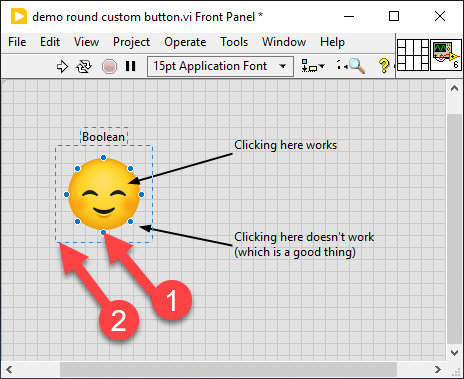
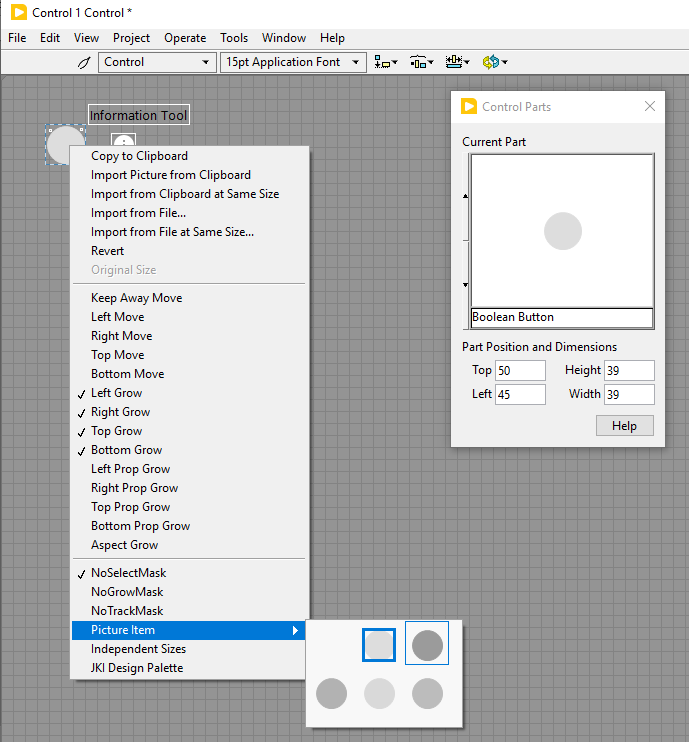
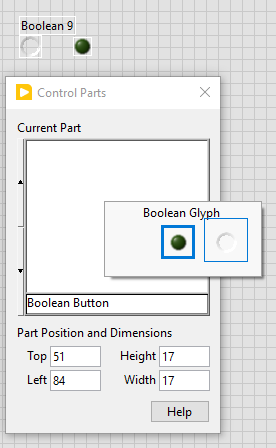
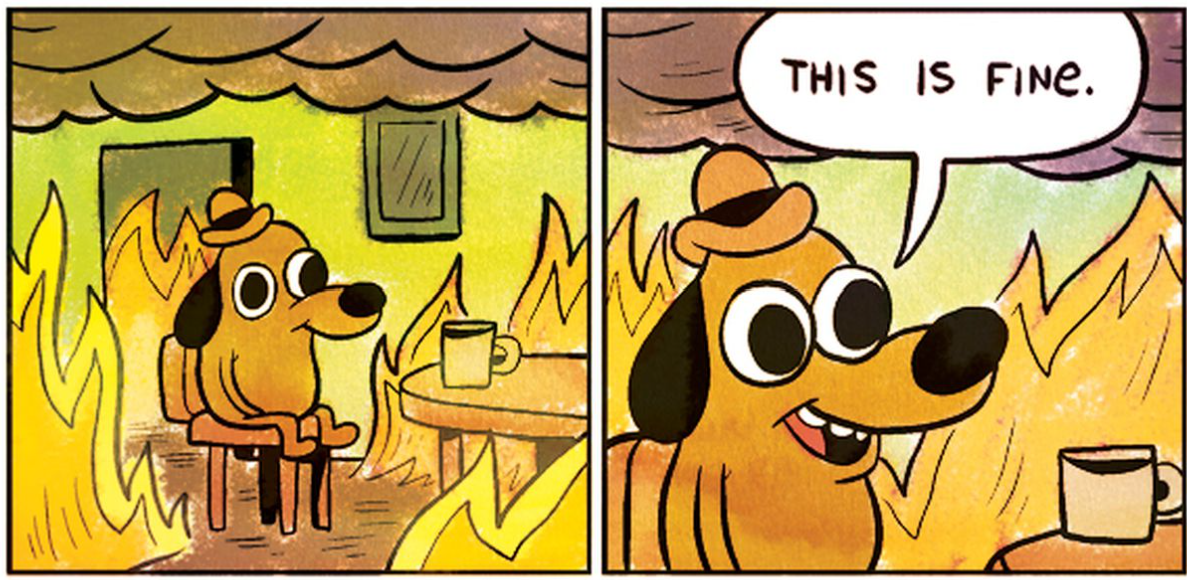
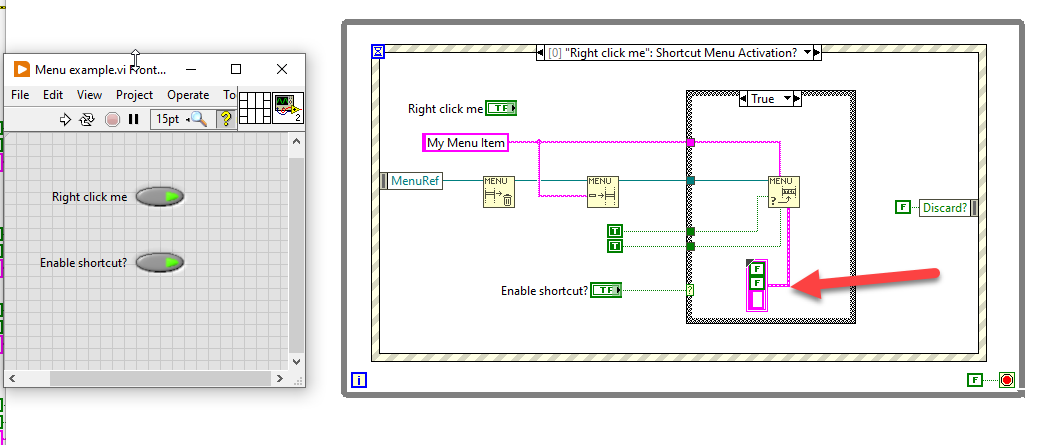
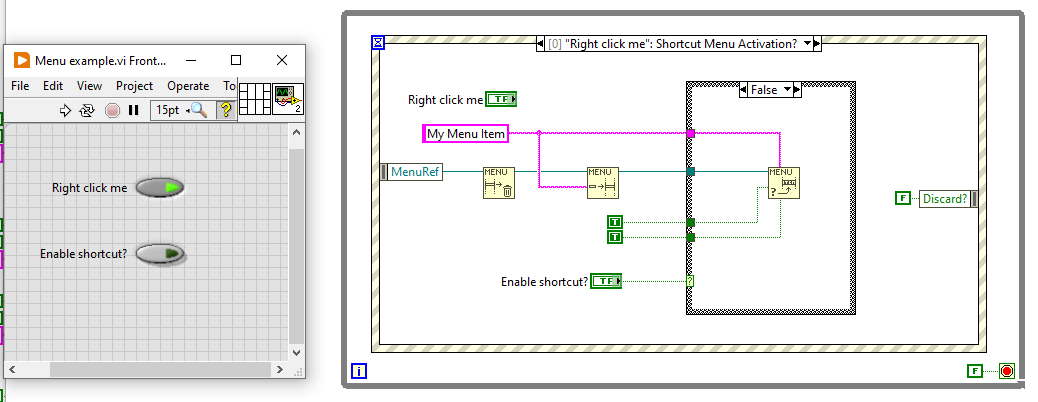




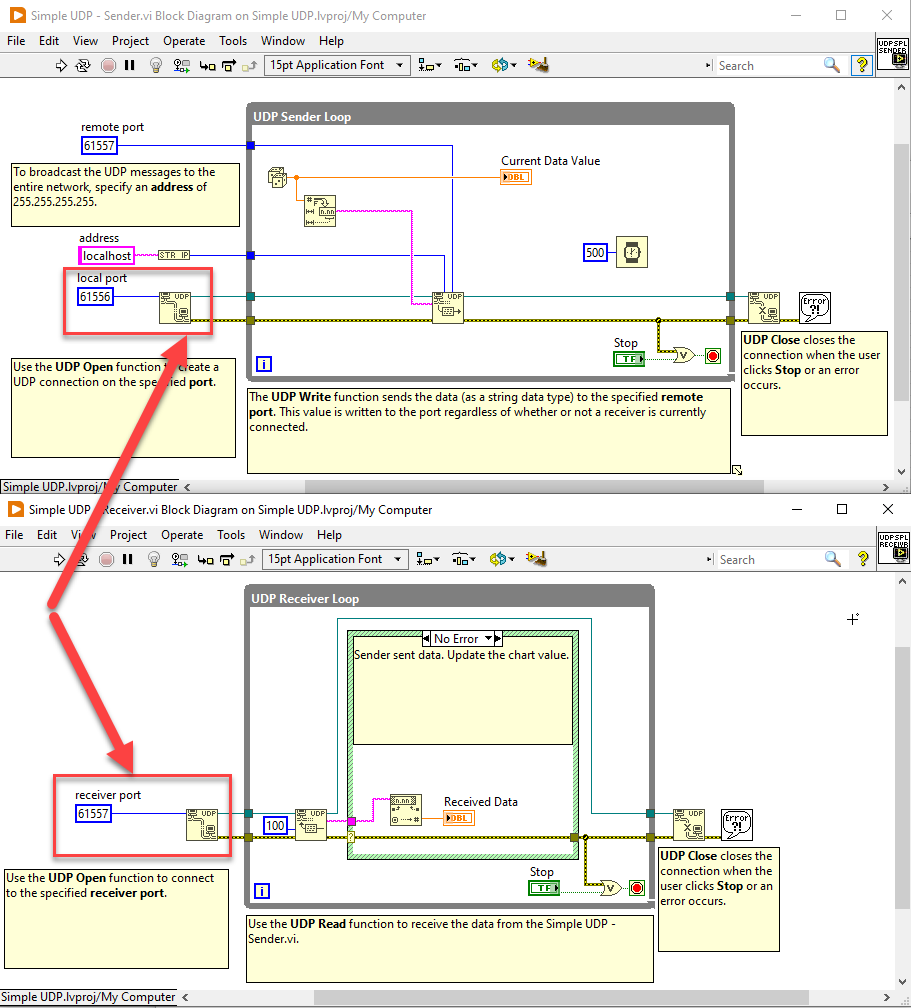
What determines which monitor a dialog shows on?
in User Interface
Posted
@hooovahh I find myself using this code for so many things that I do.
I feel like it makes sense to build this into a little VIPM package. (Especially since I'm about to release a package to VIPM that uses this code.)
If I were to turn this into a VIP, is there an appropriate way for me to credit you?